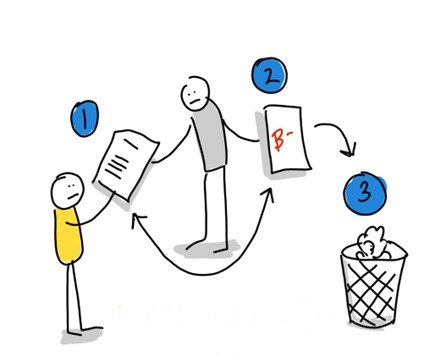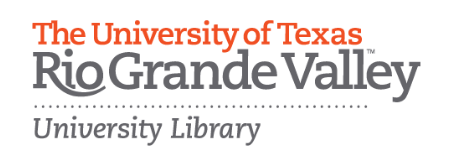Renewable Assignments

Renewable assignments (the opposite of disposable assignments, depicted in the image above) are assignments which students create for the purpose of sharing and releasing as OER. These can range in content from individual writing assignments in Wikipedia to collaboratively-written textbooks. Wiley & Hilton compiled the criteria below to distinguish between different kinds of assignments, from least to most open and disposable to renewable.

Some tools for implementing renewable assignments:
- Google Drive: Google Drive provides a variety of tools that can be used for collaboration on text-based projects as well as slideshows and spreadsheets.
- Hypothes.is: One of the tools commonly used for open pedagogy projects is Hypothes.is. Hypothes.is allows users to annotate websites and online readings easily. Using hypothes.is can let students engage with your course readings and each other in a more interactive way than discussion boards might allow.
- Synthesia: Synthesia is an AI video generator. Instructors, students, and others can select a template, choose or create an avatar, and input a script in 120 different languages to create a video presentation. Synthesia is most commonly used for training and how-to videos.
- Wikibooks & WikiEdu: Wikibooks and WikiEdu are both excellent tools for working with students to create a text. Alternatively, short student projects, such as annotated bibliographies, can be done via Wikipedia by adding context and citations to short or underdeveloped articles. This not only gives students the opportunity to get experience explaining concepts for a public audience, it also increases the available public knowledge on your course’s topic!
- YouTube: Student-made instructional videos or class projects can be incredibly useful to showcase for future students in the class or to use as supplemental materials for explaining difficult concepts.
But remember: when developing renewable assignments or engaging in the methods described in the next section, you don’t have to use a snazzy tool or technology to make open pedagogy work. Make sure that you are choosing a tool or technology that your students (and you!) can easily learn and– if it is not already familiar to them– that you have included time in your course for teaching students how to use your chosen tool. And learning a new tool can be a valuable, tangential benefit, giving your students additional skills and experience.

